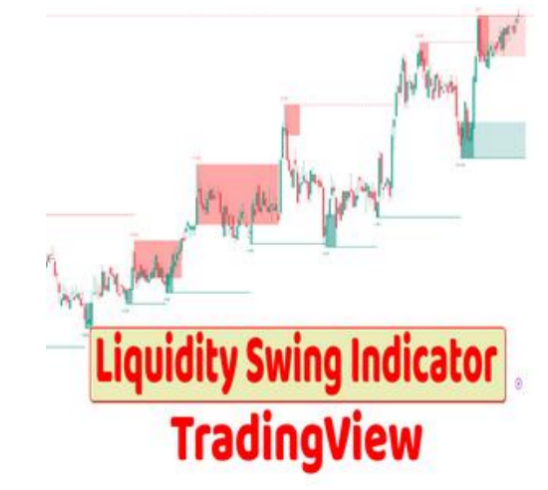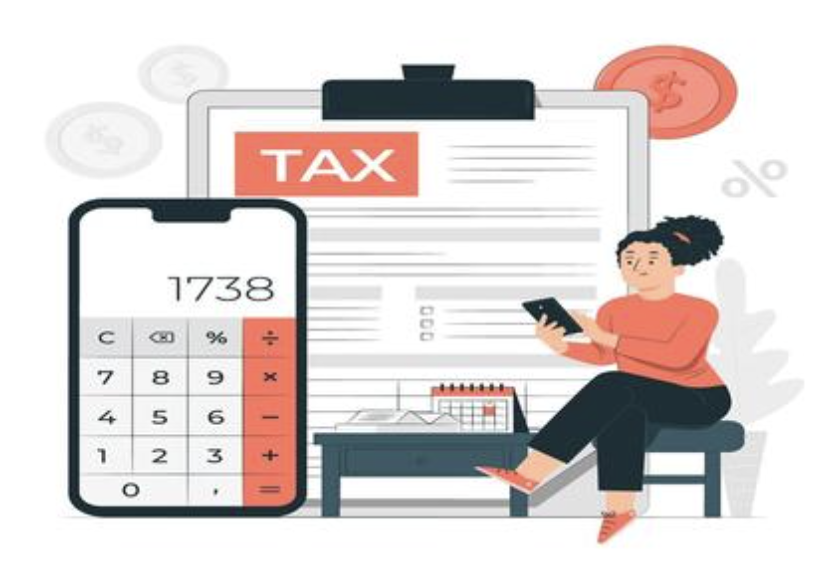High-net-worth investors need to do more than look at big numbers when dealing with financial products. The difference between the promised returns and the real profits is often buried in the details, so it's essential to understand the misleading aspects of offers that seem too good to be true.
The Illusion of Headline Yields
Promotional annualized returns often miss important details. Investments such as structured notes and private equity funds typically present returns based on best-case scenarios: complete dividend reinvestment, no costs, and perfect timing. However, in practice, expenses like early redemption fees (3-5% if sold within 18 months) and performance fees (up to 20% of additional profits) significantly reduce profits. For instance, a real estate fund claiming a 15% return could end up giving investors only 8% or even less after accounting for management fees, upkeep, and shares taken by general partners.
Hidden Costs That Erode Gains
In addition to clear fees, complicated financial products often conceal extra charges. Hedge funds and loans backed by art may incur annual "administrative costs" ranging from 1% to 2%, which pay for legal services and appraisals. Although structured investments can promise returns of 7%, they might only yield 1% to 2% if market conditions decline, with potential losses trapped in detailed "market risk" terms. Even straightforward bond funds can include unseen markups; expensive corporate bonds may provide attractive interest rates but come with the risk of losing money if sold before maturity.

Timing and Liquidity: Silent Eroders
Investments that promise high returns can keep your money tied up for years, and leaving them at the wrong time can lead to losses. For instance, a wine fund that offers 10% returns but locks your investment for five years could drop by 15% if demand falls in the third year. Some peer-to-peer lending platforms advertise 9% returns on luxury startup loans, but they often do not mention the 12% default rates. Additionally, taking money out early usually does not go as planned, which can turn expected 10% gains into losses because of fees.

Decoding the Fine Print: What to Scrutinize
Savvy investors prioritize understanding the “net realized return,” which represents the actual cash flow after all deductions. When it comes to structured products, it's essential to request a “waterfall analysis,” revealing how fees, taxes, and expenses diminish profits at all levels. For illiquid assets such as private equity, insist on a 10-year forecast that includes scenarios for the worst-case exit options. It's crucial to compare “holding period returns” (the overall gains during the time you own the asset) with annualized figures, as the latter can exaggerate short-term increases. Most importantly, confirm whether the yield is “gross” (before taxes) or “net”—a 15% gross yield in a high-tax area could drop to 9% after accounting for capital gains or income taxes.

For wealthy investors, the real value of a product isn’t just about its headline yield; it’s also about how transparent it is. By stripping away complex jargon and insisting on clear information regarding fees, timing, and worst-case situations, you can transform advertised figures into practical insights—ensuring that your portfolio expands as accurately as your wealth requires.





